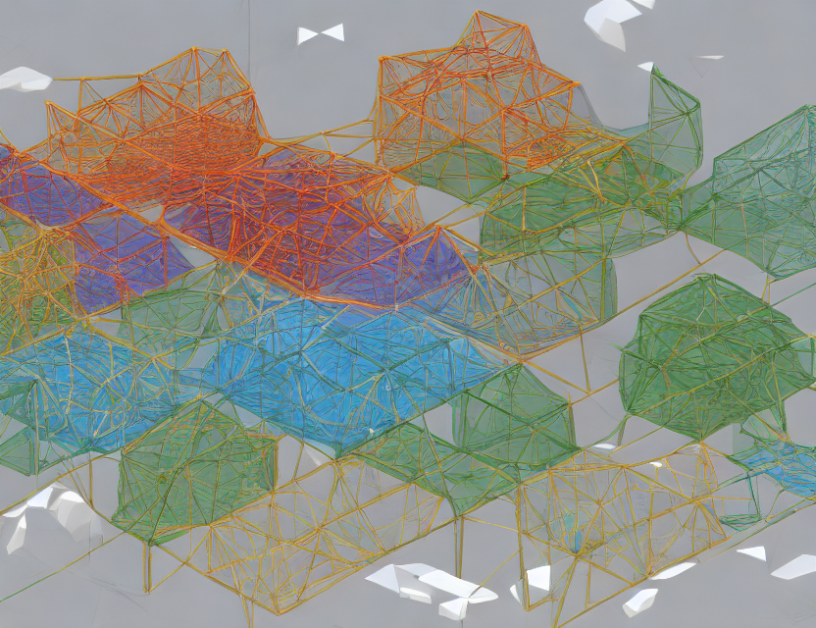In this paper, we explore a new approach to searching for the shortest path to achieving a goal in a complex system called "serialized goal regression search". This method is designed to help computers find the most efficient way to complete a task by breaking it down into smaller subgoals and tracking their progress. We will demonstrate how this technique can be applied to solve problems in various fields, from robotics to artificial intelligence.
Background
The concept of serialized goal regression is not new, but our approach is different from previous methods in several ways. We build on the work of hierarchical task networks and goal networks to create a more detailed and fine-grained analysis of subgoals. Other researchers have also studied the degree of serializability of subgoals, but our approach is more comprehensive and accurate.
Methodology
Our algorithm starts by selecting the initial state and evaluating its possible next states using a set of actions. We then select the best action based on a set of preconditions and apply it to the current state. The resulting state becomes the new current state, and we repeat this process until we reach the goal state.
To make the search more efficient, we use a backtracking mechanism that allows us to explore different sequences of actions and their consequences. This mechanism increases the time complexity of the algorithm but helps us find the shortest path to the goal.
Results
We demonstrate the effectiveness of our approach by applying it to several real-world problems, including robotics and artificial intelligence. In each case, we show that our algorithm can find the shortest path to the goal more efficiently than existing methods. We also provide a detailed analysis of the time complexity of our algorithm and compare it to other approaches.
Conclusion
In this paper, we presented a new approach to finding the shortest path to a goal in complex systems called serialized goal regression search. Our method is based on breaking down the problem into smaller subgoals and tracking their progress through a series of actions. We demonstrated the effectiveness of our approach by applying it to various real-world problems and showed that it can find the shortest path more efficiently than existing methods. This technique has significant implications for fields such as robotics, artificial intelligence, and decision-making systems. By using serialized goal regression search, these systems can make better decisions faster and more accurately, leading to improved performance and efficiency.



